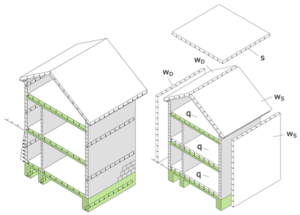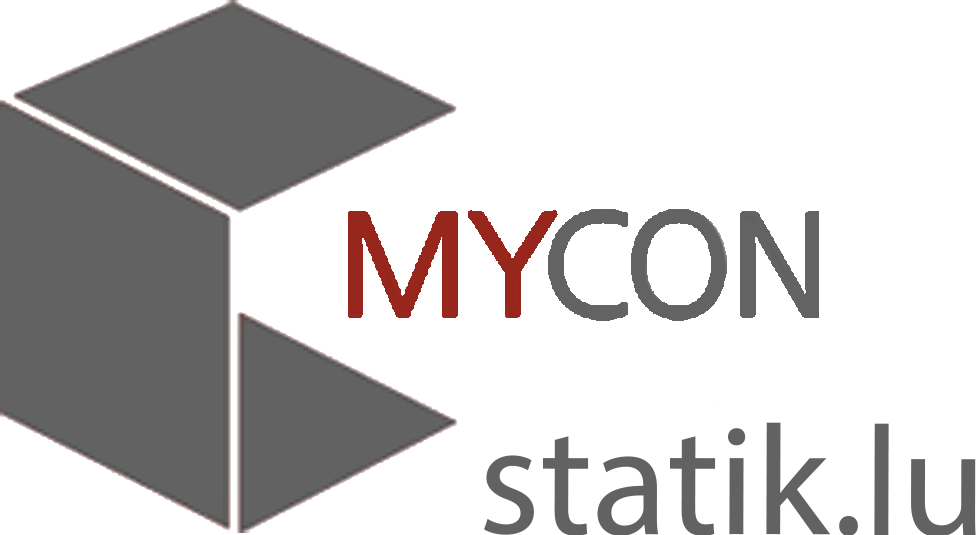00352 - 27 28 15 38 | mycon@mycon.lu
Statics basics
Moment of a force
The moment of a force with respect to a point is the product of the absolute magnitude of the force and the perpendicular distance of its line of action from the reference point. The distance a is called the lever arm. The unit of the moment is the product of the force and the length.
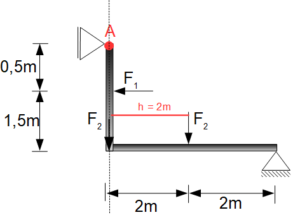
Unit
The unit of force is the Newton.
One Newton is the force that imparts an acceleration of 1m/s² to the mass 1Kg.
1N = 1Kg m/s²
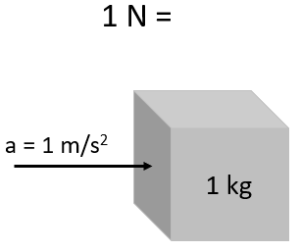
Forces
Forces cannot be perceived directly. They are recognised and measured through their effect.
To determine forces, you need three pieces of information: the magnitude, the direction and the point of application.
Forces can be determined precisely with:
- Numerical data for analytical solutions
- Drawing specifications for drawing solutions with forces plans
- A mixture of the two as an aid to solution sets
The following specifications should be available for the graphical representation:
- The force is represented by a number or a length of the force arrow with force scale.
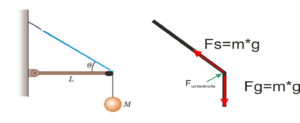
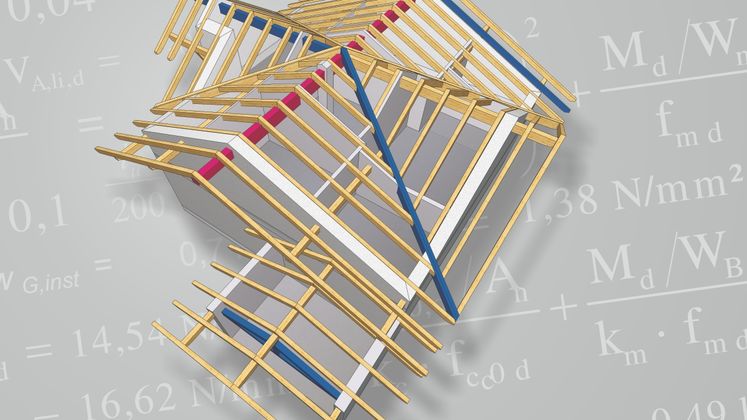
Static determinacy
When analysing a static system, the determination of the degree is defined with the help of the counting criterion.
The formulas of the counting criterion are for:
Plane bar works : n=a+3*(p-k)-r
Ideals,
plane trusses : n=a+p-2*k
With:
- a=sum of the possible support reactions
- p=sum of all bar elements between k nodes
- k=sum of all node points including the support nodes
- r=sum of all constraints with r=m-1
- m=number of articulated rods
Degree of Static Indeterminacy:
The degree of static indeterminacy results as follows:
- n=0 Static Determined
- n>0 n-fold statically undetermined
- n<0 kinematically displaceable
Load assumptions in building construction
Before any static calculation of a structure, a load assumption must be carried out. The sizes of the loads to be assumed are given in the DIN regulations. They depend on the building materials and the type of structure.
The basic regulation for load assumptions is DIN 1055, but Eurocode1 is now authoritative according to the new European regulations.
After the load assumption, the load transfer is calculated. In this process, the loads are transferred from the roof slab to the foundations and are used to dimension the foundation sizes and the degree of reinforcement.
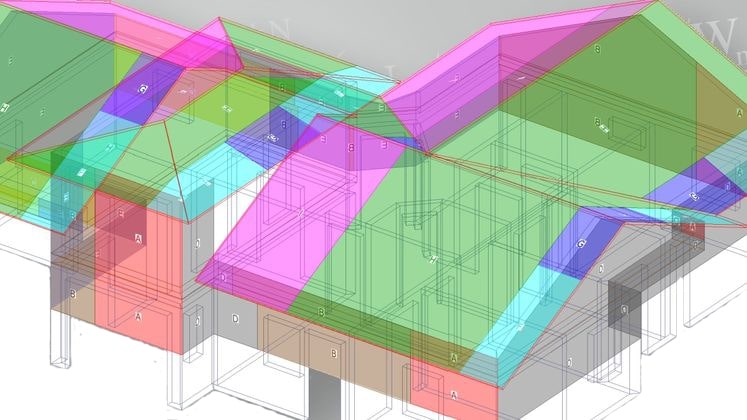
Support
There are 3 different types of supports.
Movable supports allow the structure to rotate around the bearing point and can be moved in the direction of the path of movement. Only movement perpendicular to the path of movement is blocked.
These supports are called monovalent designated.
Fixed supports or support joints only allow rotation around the support point. Horizontal and vertical displacement is blocked.
These supports are called Bivalent Designates
Clamped supports block any possibility of movement. There is no rotation and no displacement.
These supports are called Trivalent designated.
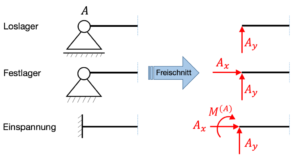
Forces on components
The forces acting on structural components are the loads acting on the structure and the resulting support and bearing forces.
All forces acting on a structure must be in balance with each other.
The acting forces are divided into permanent and live loads.
Permanent loads are the loads of the building structures themselves.
They are designated with G.
Live loads are caused by dead loads from people, vehicles, snow, etc.
They are designated with Q.
